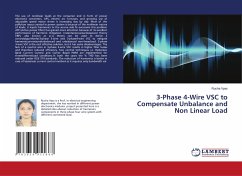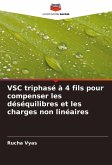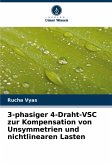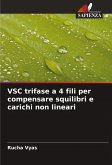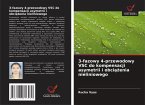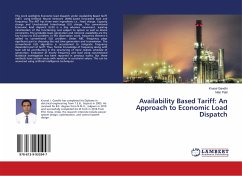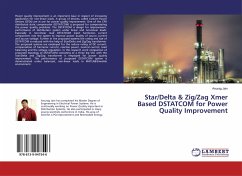The use of nonlinear loads at the consumer end in form of power electronic converters, UPS, electric arc furnaces, and growing use of adjustable speed motor drives is increasing day by day. Most of the pollution issues created in power system is because of the nonlinear nature of loads, it injects harmonics to the source side.To overcome this problem APF (Active power filter) has gained more attention because of its excellent performance of harmonic mitigation. Instantaneousreactivepower theory (IRP), also known as p-q theory can be used to derive a controlalgorithmfor3-phase 3-wire and 3-phase4-wire VSC to mitigate harmoniccurrentsunderbalanced and unbalanced non-linearload. 3-phase 3-wire VSC is the cost effective solution, but it has some disadvantages. The lack of a neutral wire in 3-phase 3-wire VSC results in higher filter losses and therefore reduced efficiency. Two control techniques i.e. Hysteresis Band Current Control and Carrier Based PWM are implemented for threedifferentload conditions.In both the cases the % THD has been reduced under IEEE 519 standards. The reduction of harmonics is better in case of Hysteresis current control method as it requires only bandwidth val
Bitte wählen Sie Ihr Anliegen aus.
Rechnungen
Retourenschein anfordern
Bestellstatus
Storno

